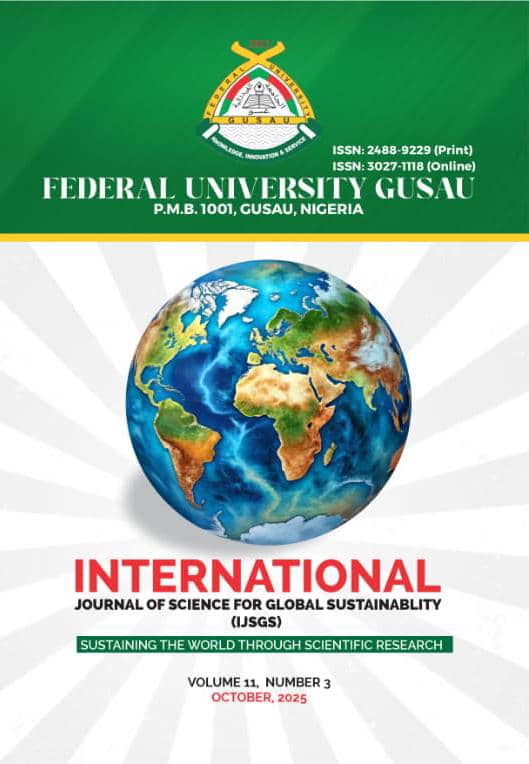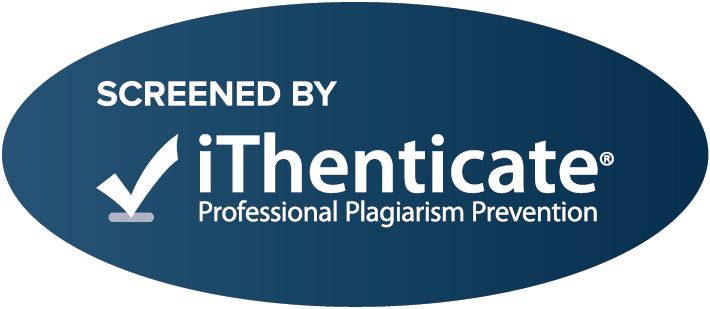Comparative Antimicrobial Evaluation of Acacia macrostachya Fractions against Selected Pathogens
DOI:
https://doi.org/10.57233/ijsgs.v11i3.926Keywords:
Acacia macrostachya, extraction, antimicrobial, fractions, pathogensAbstract
The rising resistance of microorganisms to current antibiotics has intensified the need for new antimicrobial agents, predominantly from natural sources. Acacia macrostachya, a medicinal plant widely used in African traditional medicine, has been used to treat various ailments such as diarrhea, malaria with convulsions, snake bites, dysentery, inflammatory conditions, stomach cramps, uterine fibroids, and parasitic infections. This study aimed to comparatively evaluate the antimicrobial activity of Acacia macrostachya fractions against selected pathogens with the objective of identifying the most potent fraction and validating the plant's traditional use. The N-hexane, ethyl acetate, and methanol extracts from the leaves of Acacia macrostachya were subjected to antimicrobial screening against Salmonella typhi, Shigella dysenteriae, Escherichia coli, Pseudomonas aeruginosa, Candida albicans, Aspergillus niger, Aspergillus fumigatus, and Trichophyton rubrum using agar well diffusion and broth dilution methods. Susceptibility test results showed that most fractions demonstrated notable antimicrobial activity, except for the N-hexane and ethyl acetate fractions at the lowest concentration (25 mg/mL) against Shigella dysenteriae, Escherichia coli, and Pseudomonas aeruginosa. The Minimum Inhibitory Concentration (MIC) for the ethyl acetate and methanol fractions ranged from 11–20 mg/mL and 17–27 mg/mL, respectively, against bacterial pathogens, and from 6–19 mg/mL against fungal pathogens. The Minimum Bactericidal/Fungicidal Concentration (MBC/MFC) of the N-hexane, ethyl acetate, and methanol fractions was found to be 0.2 mg/mL, and 0.1 mg/mL, respectively. These results suggest that the methanol fraction possessed the most significant antimicrobial activity among the fractions tested against the pathogens.
Downloads
Published
How to Cite
Issue
Section
License
Copyright (c) 2025 Author(s)

This work is licensed under a Creative Commons Attribution 4.0 International License.












